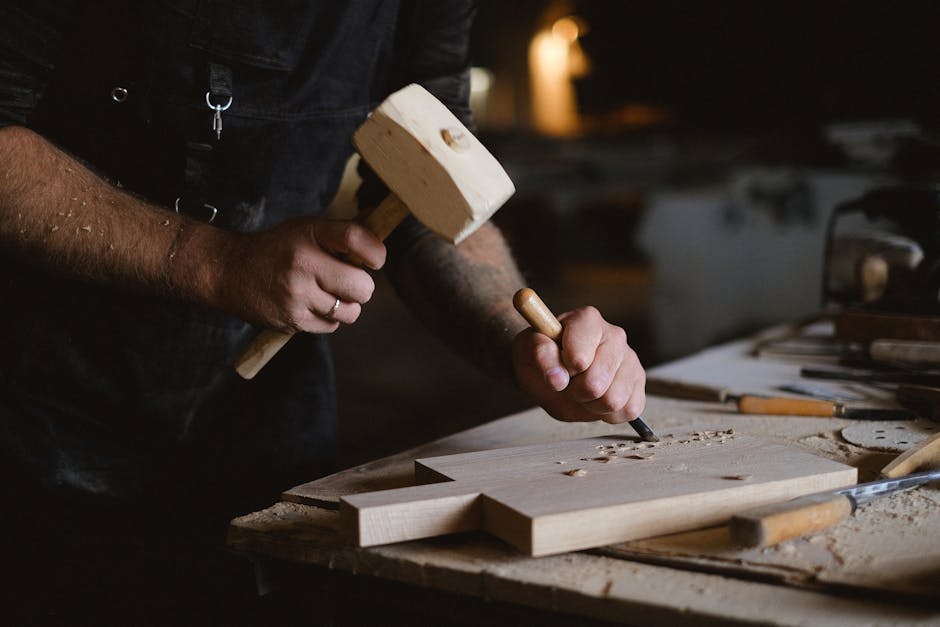Marc – So it has come to my attention that some of you people don't
know how to make mortises. Let's change that. I'm gonna show you a quick, easy, and fairly inexpensive
way to make mortises. (rock music) So to help you remember
the four things you need to make a good quality mortise, I've come up with a simple
acronym, it's leh tug bah duh. That's layout, tools,
balance, and direction. Layout is everything, at least initially. I use a nice, sharp five millimeter pencil for the best accuracy; but for this demo, I'll use a Sharpie. I usually lay out the entire mortise on at least one workpiece. The remaining mortises will only require start and stop lines.
Now let's talk tools. You'll want a decent router,
preferably a plunge model. You'll also want a reliable edge guide, and an up-spiral bit. The up-spiral should help pull chips out of the mortise while you route. Secure the workpiece with clamps or a vice, and check for balance. If the router feels like it might tip, consider using a piece of scrap or a second workpiece for more support. Place the router on the workpiece and bottom out the bit so that
it just touches the surface. Use the turret and stops
to set the desired depth. And now we can attach the edge-guide. Set the bit so that the tips are perpendicular to the
mortise, this makes it easier to set the bit evenly
between our layout lines. Once it looks good, lock it down. I like to first plunge to full-depth at the beginning of the mortise and again at the end of the mortise.
This not only gives me perfectly accurate start and stop points, it also helps me feel
the end of the mortise so that I don't go too far. This is especially helpful when there are dust and chips obscuring your view. Clear the waste between the holes in a left to right direction
pushing away from your body. This helps pull the router into the work. If you go the other way, pulling the router toward you, the bit has a better chance of going off course and pushing away from the work. Why, you might ask? Well, it's all about the bit's rotation. As the bit rotates clockwise, we always wanna push
against that rotation. As you can see, the router resists moving forward as the
bit catches repeatedly. Pulling the router toward you goes with the rotation of the bit, and the router moves backwards easily, this can cause you to lose control.

It's not quite as big of a deal when you have wood on all sides of the bit like you do when making a mortise, but going in the proper direction will still stabilize the operation. And if you have to make a wider mortise by making more than one
pass, always make sure the stock you're removing
is on the far side of the bit, and you continue
to move from left to right. If you have multiple
similar mortises to cut, you only need start and stop
lines to cut the rest of them. And finally, check out my hands. While it does put my
hand close to the bit, I find that I have a lot more control if my left hand is doing
most of the pushing from a low point on
the base of the router. This just gives me way more control and less tendency to tip. And that's really all there is to it, so with just a little bit of practice, you'll be able to put mortises
in just about any workpiece.
This entire chair was made
with that methodology, it's all loose mortise
and tendon jointery. Top to bottom, lots of wacky angles, but it was all done
with a hand-held router. So, when in doubt, just remember leh tug bah duh and you'll be
making mortises in no time..

